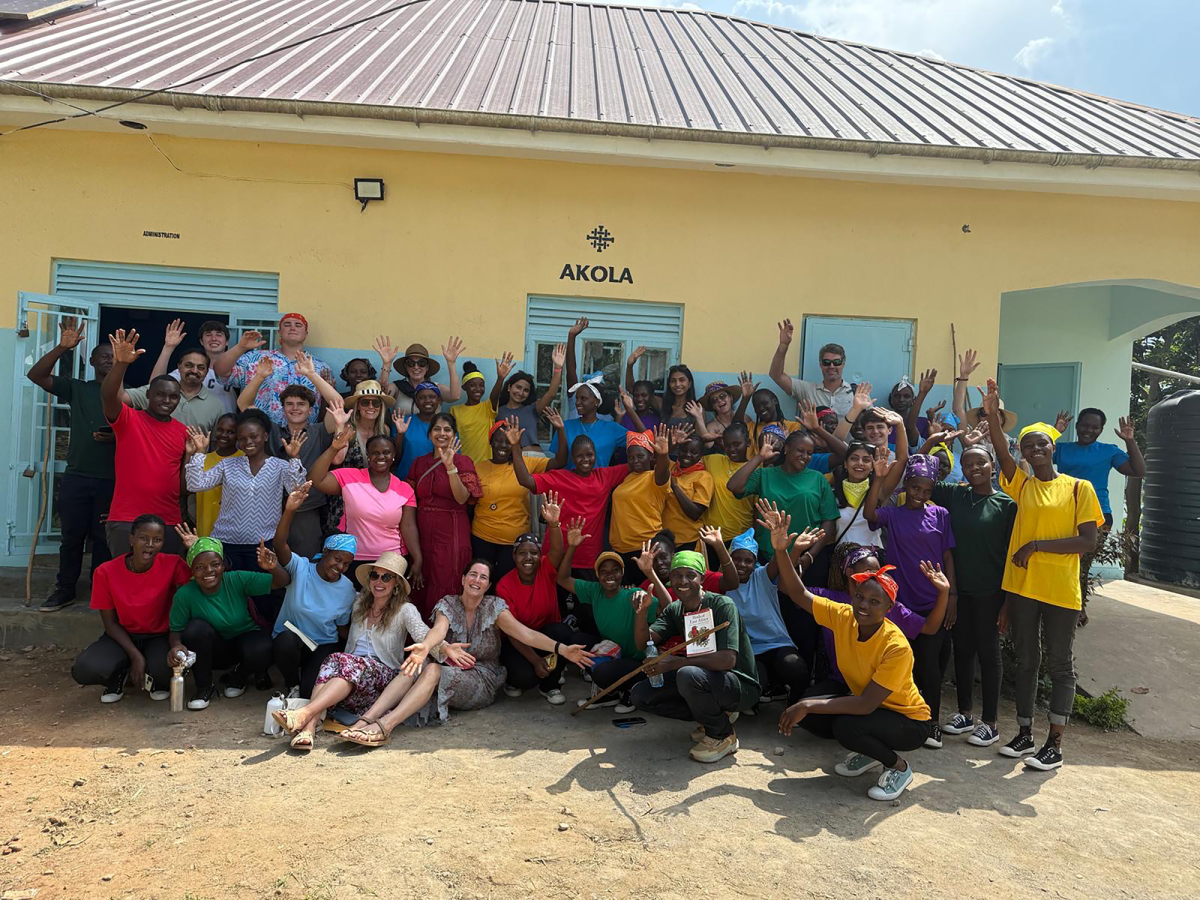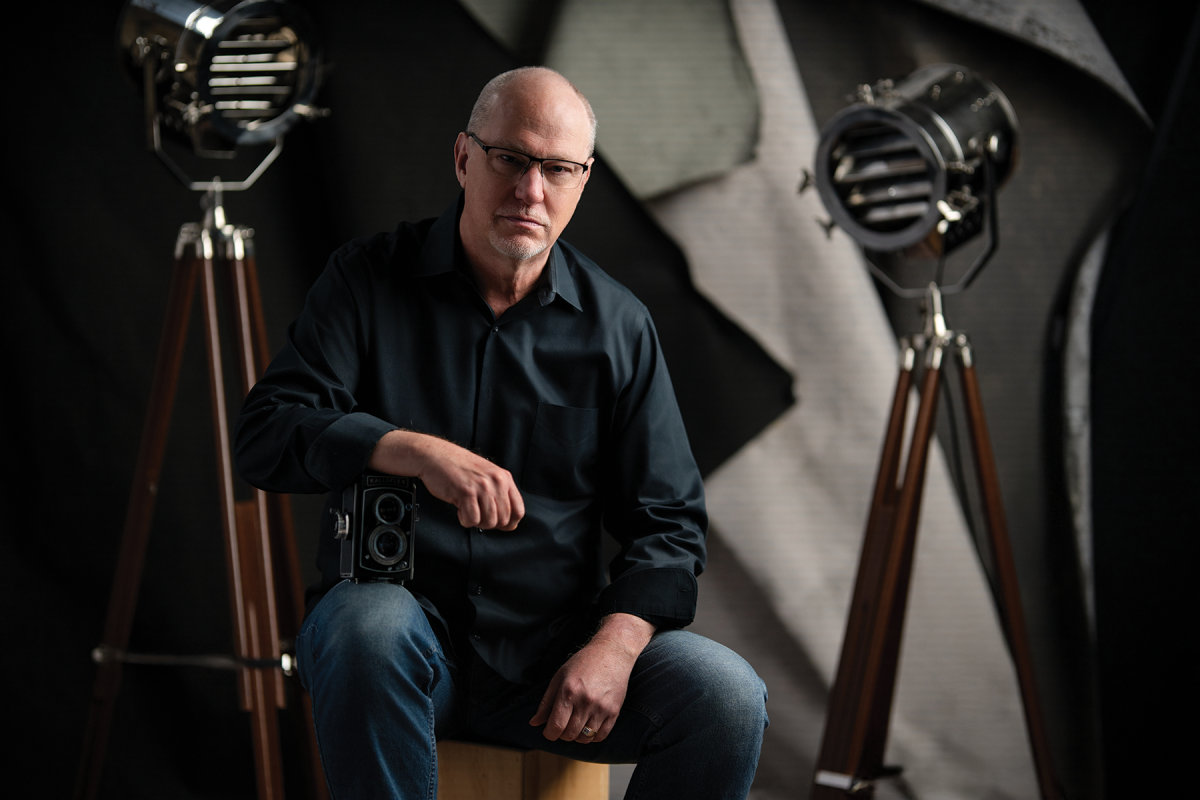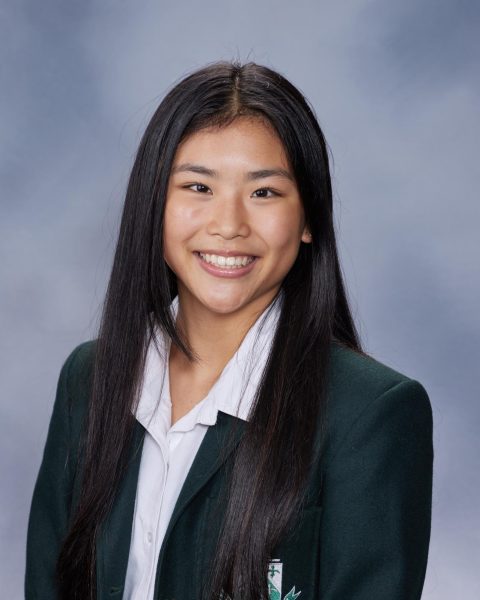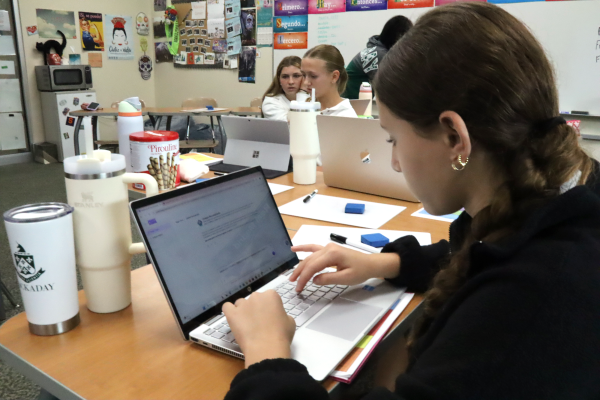
Artificial intelligence (AI) continues to be one of the most debated topics in education, raising questions about whether it enhances or undermines the way students learn. AI is permanently transforming education, and schools like Hockaday must address its role in the classroom.
“If we are preparing girls for the future, they have got to learn how to use AI,” Upper School Technology Integration Specialist Candace Townsley said. “They can’t be afraid of it. They’ve got to understand prompt engineering, bias and privacy concerns and how AI learns from imperfect data. People say, ‘Oh, it’s going to take away my job.’ But really, people who know how to use AI are going to take your job if you don’t jump on the train.”
Despite the growing interest in AI, many worry about its risks. Senior Anjali Konda, Technology Board chair, is concerned that AI could weaken students’ abilities to think independently.
“I think my biggest worry about AI would be students getting dumber,” Konda said. “If we learn to use it as a crutch, we could lose our ability to research or think critically. The idea that we wouldn’t be able to navigate from credible website to credible website and would instead rely on a chatbot is dangerous.”
However, both students and teachers believe avoiding AI entirely is not an option.
“I don’t want Hockaday students to be behind our peers because we don’t know how to use AI,” Konda said. “It’s super valuable as a labor-saving mechanism, especially for work that needs to be done a lot of times. But it shouldn’t be our first impulse to ask ChatGPT.”
Townsley also pointed out that universities are already integrating AI into academics.
“Most universities are already integrating AI,” she said. “If we don’t teach you how to use AI here, we’re doing you a disservice.”
To balance opportunity and caution, the school piloted two AI platforms and chose to implement Magic School, designed specifically for classrooms. The program allows teachers to incorporate AI in controlled ways while monitoring student use.
“I think that’s a good compromise,” Townsley said. “It’s allowing students to use AI, but it’s also allowing teachers to monitor its use in a protected space.”
Teachers in all divisions experimented with the program last year, exploring both its benefits and challenges. Upper School English teacher Parker Stoker used Magic School as a chatbot from the perspective of a character from The Odyssey.
“I think some of [the students] found it very stimulating to their imagination, to get to chat with the character and sort of test their ideas against this simulation of the character,” Stoker said. “I think they found that accessibility really valuable.”
Despite the students’ positive responses, Stoker found it less helpful for teacher tasks.
“I tried it a few other ways, like to generate a template for a quiz,” Stoker said. “I found it less helpful because I ended up spending about as much time working on a prompt to get what I wanted as it would have taken me to just do it myself.”
He added that the overall experience of Magic School in the classroom was positive, thanks to the interactive elements that the program adds to the curriculum.
Last year, Upper School Spanish teacher Samantha Krasne used Raina, a Magic School chatbot that provided students with study help through interactive activities. Now, she creates chatbots for students to complete specific tasks that help them learn grammar or vocabulary.
“I think it benefits the students with helping them learn how to learn,” Krasne said. “We talked about different ways that they can use Raina to help them study more actively, rather than passively.”
However, Krasne said the evolving nature of AI can be an obstacle at times.
“Like any new platform, it’s evolving very quickly,” Krasne said. “They keep coming up with something new. It’s a little challenging to keep up with all that, especially at the beginning of the school year.”
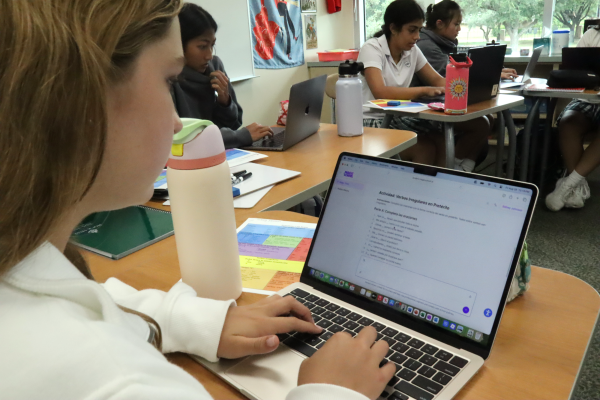
Konda hopes the school will continue to teach students how to use AI safely instead of simply banning it.
“Right now, we’re just hearing, ‘Don’t use it at all,’” she said. “I’m hoping Magic School is used as a window to open up how to use it, as opposed to just being a limited one-off example.”
Townsley agreed that Hockaday’s role is to prepare students for the future, while giving teachers the freedom to decide how AI fits into their classrooms.
“I don’t think Hockaday will ever tell a teacher, ‘You have to use AI,’” she said. “But I think there are enough AI users here that students will get to use it before they graduate.”
Townsley advises students and teachers to be cautious and not provide personal information to an AI tool.
“Play with it,” Townsley said. “And remember this is not a query on Google, it’s a chat bot, and you can interact with it as if you’re chatting with a person.”
For Konda, the key is balance. She believes AI can be a helpful tool for brainstorming or saving time on tedious work, like formatting bibliographies, but it should not replace the learning process itself.
“Efficiency for us isn’t as important as having gone through the motions of doing something,” Konda said. “Our purpose right now is to learn.”




